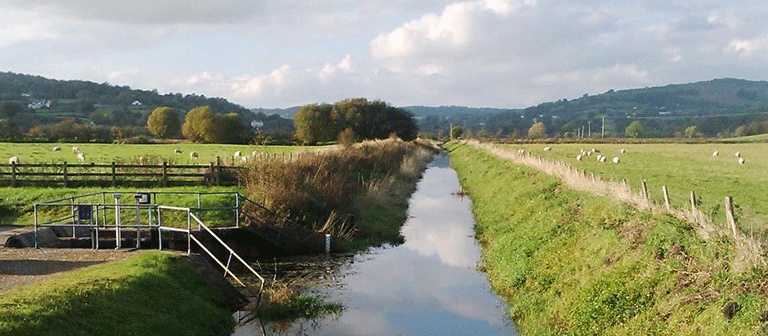Environment Agency extends notice period for pumping stations in North West England

The Environment Agency (EA) currently operates pumping stations that manage water levels in the Lyth Valley and Waver Wampool catchments in Cumbria and the Alt Crossens catchment in Lancashire. The EA has previously notified landowners and occupiers that it is stopping activity that it considers does not deliver sufficient flood risk benefit to people and property.
The EA has now agreed to extend the notice period until the final quarter of 2018 in the three catchments and will continue to operate the pumping stations during the intervening period. The EA has stated that these extensions reflect their continued commitment to help those affected to find a sustainable way to manage land drainage in each catchment for the benefit of agriculture, the environment, communities and businesses, whilst ensuring public funding for flood risk management is spent on the protection of people and property.
Options for future water level management in these areas are being considered by the EA, NFU, farmers and landowners, relevant local authorities, partners and communities to look at alternative arrangements. These include forming new Water Level Management Boards, also known as Internal Drainage Boards. ADA has been providing assistance and advice to the partners involved at their request.
In December 2016, Defra stated that there was a potential difficulty in applying the provisions within the Land Drainage Act 1991 to enable the creation of new IDBs in situations where the required property valuation and rating information was either unavailable or incomplete. The EA has stated that Defra are now seeking to secure Parliamentary time to make the necessary changes to the legislation. ADA is working with Defra, IDBs, the Valuation Office Agency, DCLG and EA to develop and test a suitable new methodology for IDB property valuation and ratings using contemporary data.
Archive
- March 2025
- February 2025
- January 2025
- December 2024
- November 2024
- October 2024
- September 2024
- August 2024
- July 2024
- June 2024
- May 2024
- April 2024
- March 2024
- January 2024
- December 2023
- November 2023
- October 2023
- September 2023
- August 2023
- July 2023
- June 2023
- May 2023
- April 2023
- March 2023
- February 2023
- January 2023
- December 2022
- September 2022
- August 2022
- July 2022
- June 2022
- May 2022
- April 2022
- March 2022
- February 2022
- January 2022
- December 2021
- November 2021
- September 2021
- July 2021
- May 2021
- March 2021
- February 2021
- January 2021
- December 2020
- November 2020
- October 2020
- September 2020
- August 2020
- July 2020
- May 2020
- April 2020
- March 2020
- February 2020
- January 2020
- December 2019
- November 2019
- October 2019
- September 2019
- August 2019
- July 2019
- June 2019
- May 2019
- April 2019
- March 2019
- February 2019
- January 2019
- December 2018
- November 2018
- October 2018
- September 2018
- August 2018
- July 2018
- June 2018
- May 2018
- April 2018
- March 2018
- February 2018
- January 2018
- December 2017
- November 2017
- October 2017
- September 2017
- August 2017
- July 2017
- June 2017
- May 2017
- April 2017
- March 2017
- February 2017
- January 2017
- October 2016
- September 2016
- August 2016
- July 2016
- June 2016
- May 2016
- April 2016
- March 2016
- January 2016
